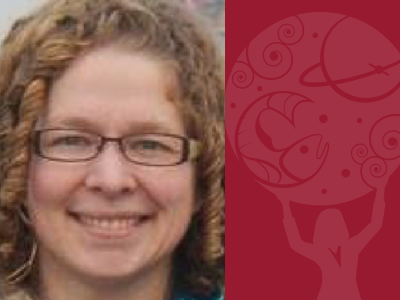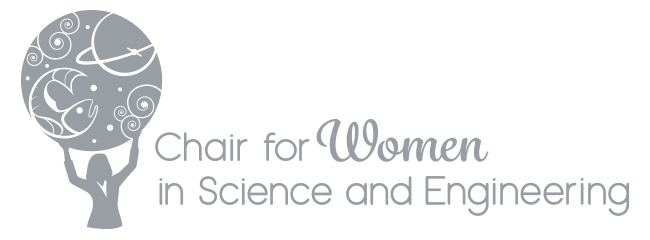Catherine's Biography
Catherine Erkorkmaz received a Bachelor of Applied Science degree in Engineering Science (Aerospace Option) from the University of Toronto in 2001 and a Master’s of Applied Science in Mechanical Engineering from UBC in 2003
After her Master’s, Catherine completed a one year contract at the European Space Agency Space Research and Technology Centre (ESTEC) in the Netherlands as an Assistant Systems Engineer in the Concurrent Design Facility (CDF). At ESA she participated in feasibility studies ranging from a human lunar base concept, to Martian robotic sample return, to an electric propulsion stage for a launch vehicle.
Catherine joined the Systems Design Engineering Department at MDA in Brampton, Ontario in 2004. As a member of the Advanced Systems Group, she supported Business Development and R&D activities, and has worked on projects for the Canadian Space Agency, NASA, the European Space Agency, and commercial customers. For the last 2 years she has been a Project Engineer on the International Space Station Robotics Logistics and Sustaining Engineering program. In this role she is responsible for the technical leadership of projects to build or refurbish flight hardware for the Canadarm2 and Dextre robotic systems.
Senior Mission Systems Engineer, Robotics and Automation I’m a Senior Mission Systems Engineer working as a project engineer on the International Space Station Robotics Logistics and Sustaining Engineering (L&SE) program. I’m responsible for the technical leadership of projects to build or refurbish flight hardware for the Canadarm2 and Dextre robotic systems.
Our robotics built and now maintain the International Space Station, enabling humankind to create the world’s first permanent off- Earth presence and provide a proving ground for the technologies we will need to “go further”. Our systems enable scientific breakthroughs that further our understanding of the universe and pave the way for future exploration of our solar system. Through this we inspire a country to achieve difficult goals and our youth to embrace an education in science and technology. But further than that, the technologies, process and expertise we have developed for space robotics have enabled a gifted brain surgeon to extend his capabilities through the NeuroArm surgical robot, have supported more accurate, faster and less painful breast-biopsy procedures through the CSii IGAR Breast Robot, and have enabled Bruce Power, one of Ontario’s two power generation companies, to fulfil the promise of affordable energy for all Ontarians through more cost-effective and efficient management of reactor maintenance.
Over the last 13 years in the industry I have seen a slow but noticeable increase of women in key technical and management roles in astronautics both at MDA and in the organizations we interact with. I would like to see this continue until it is so common that people no longer say “Wow – you’re a female aerospace engineer”. Almost no one today says in a surprised tone “I went to the doctor today – and can you believe it was a woman!” without sounding like they’ve been living under a rock. I believe the best way to support this is by mentoring women that have the focus and work ethic to go after these key roles and then providing sponsorship and support when they work towards these career paths. But I think it is equally important for me to mentor and work with qualified men – if new male engineers see me as someone with something to teach them, or someone with skills and a leadership role they want to aspire to, I think that only helps them to see the same potential in their other female colleagues.


